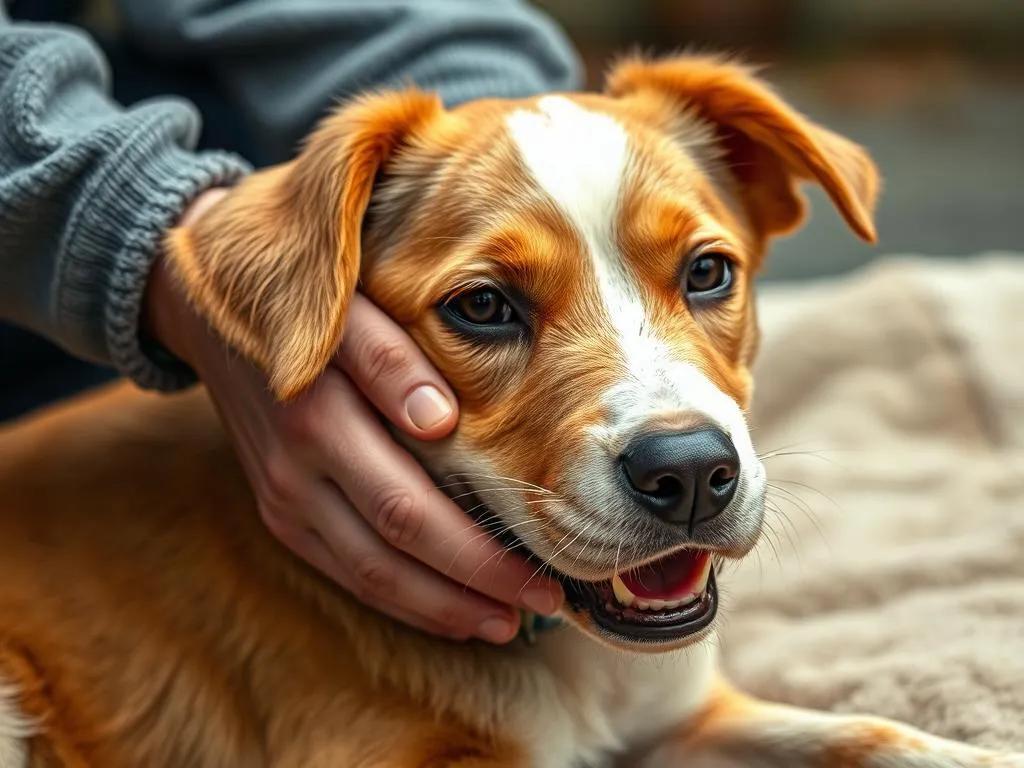
Introduction
Overview of Puppy Mills
Puppy mills are commercial breeding facilities that prioritize profit over the well-being of dogs. These establishments often operate with little regard for the health and happiness of the animals, leading to dire consequences. Dogs in puppy mills typically live in cramped, unsanitary conditions, without proper care, socialization, or emotional support. As a result, many of these dogs face a myriad of health issues, including physical ailments and behavioral challenges.
Importance of Rehabilitation
Rehabilitating a puppy mill dog is crucial for their overall well-being. The trauma experienced in their early life can lead to lifelong struggles with anxiety, fear, and health problems. By providing the right care and environment, caregivers can help these dogs transition into loving, well-adjusted companions. The emotional and physical benefits of proper rehabilitation not only improve the dog’s quality of life but also enhance the bond they can form with their new human family.
Understanding the Puppy Mill Experience
The Life of a Puppy Mill Dog
Dogs raised in puppy mills often endure a harsh existence. They are typically kept in overcrowded cages, deprived of the space needed to move freely and play. This lack of socialization can result in significant behavioral problems. Additionally, the absence of proper veterinary care means that many dogs suffer from untreated illnesses and injuries.
Common Health Problems
Puppy mill dogs frequently face a range of physical and behavioral health issues. Common physical health problems include:
- Dental issues: Poor oral hygiene can lead to severe dental diseases.
- Skin conditions: Fleas, ticks, and untreated infections can cause skin issues.
- Genetic conditions: Many puppy mill dogs are bred without consideration for genetic health, leading to inherited diseases.
Behaviorally, these dogs may exhibit:
- Fearfulness: Many have never experienced the outside world.
- Aggression: Fear-based aggression can develop from a lack of socialization.
Preparing for Rehabilitation
Assessing Your New Dog
Before beginning the rehabilitation process, it’s essential to assess your new dog’s health and behavior. A thorough initial health check-up by a veterinarian will provide insights into any existing medical issues. Observing behavioral traits will help you understand your dog’s specific needs and challenges.
Creating a Safe Environment
Creating a safe and welcoming environment is vital for a puppy mill dog’s rehabilitation. Start by puppy-proofing your home—remove hazards that could pose risks. Establish a quiet space where your new dog can retreat to when feeling overwhelmed. This area should be free from loud noises and distractions, allowing the dog to acclimate at its own pace.
Veterinary Care
Finding the Right Veterinarian
When rehabilitating a puppy mill dog, it’s crucial to find a veterinarian experienced with rescue animals. They will understand the unique challenges faced by these dogs and provide tailored care.
Essential Health Checks
After the initial consultation, ensure your dog receives essential health checks, including:
- Vaccinations: Protecting your dog from common diseases is vital.
- Parasite control: Regular treatments for fleas, ticks, and worms are necessary.
- Spaying/neutering considerations: Discuss the best timing for these procedures with your vet.
Ongoing Health Monitoring
Regular vet visits are essential for monitoring your dog’s health. Stay vigilant for any signs of distress or illness, such as changes in appetite, lethargy, or unusual behaviors. Early intervention can make a significant difference in your dog’s recovery.
Nutrition and Diet
Selecting the Right Food
Nutritional needs for rehabilitating dogs differ from those of other pets. Choose high-quality dog food that meets their specific needs, focusing on ingredients that promote health and vitality. Consulting with your veterinarian can help determine the best diet for your dog’s condition.
Feeding Schedule and Portions
Establishing a feeding routine is crucial. Consistent meal times help your dog feel secure and understand what to expect. Monitor your dog’s weight closely and adjust portions as necessary to prevent obesity or malnutrition.
Behavioral Rehabilitation
Building Trust
Rehabilitating a puppy mill dog requires patience and consistency. Building trust is a gradual process. Start by allowing your dog to approach you when they’re ready, using a soft voice and gentle movements to avoid startling them.
Socialization Techniques
Socializing a puppy mill dog involves gradual introductions to new people and environments. Start in a controlled setting, allowing your dog to observe new experiences from a safe distance. Use positive reinforcement methods, rewarding your dog for calm behavior and encouraging exploration at their own pace.
Training Basics
Teaching basic commands is an integral part of rehabilitation. Focus on obedience training and reinforce good behavior with treats and praise. Address specific behavioral issues, such as fear-based reactions, with gentle training techniques and professional guidance if necessary.
Mental and Emotional Well-being
Understanding Anxiety and Fear
Recognizing signs of anxiety in puppy mill dogs is crucial for effective rehabilitation. Common signs include excessive barking, trembling, and attempts to hide. Understanding these behaviors allows you to provide appropriate support.
Enrichment Activities
Mental stimulation is essential for a puppy mill dog’s emotional health. Engage your dog with a variety of enrichment activities such as puzzle toys, scent games, and basic training exercises to keep their mind active.
Building a Bond
Enhancing the bond with your new dog takes time and effort. Spend quality time together through gentle play, grooming, and simply sitting close to one another. The companionship and affection you provide will help your dog feel secure and loved.
Exercise and Physical Health
Importance of Regular Exercise
Regular exercise is vital for a puppy mill dog’s physical and mental health. It helps reduce anxiety, maintain a healthy weight, and promote overall well-being.
Suitable Exercise Routines
Tailor exercise plans based on your dog’s breed, age, and health conditions. Start with short, gentle walks and gradually increase the duration and intensity as your dog’s confidence and stamina improve.
Outdoor Safety Considerations
When exercising outdoors, ensure a safe environment for your dog. Use a secure leash and harness, and be mindful of your surroundings to avoid potential dangers. Always supervise outdoor play to prevent accidents.
Long-term Care and Commitment
Understanding the Lifelong Commitment
Adopting a puppy mill dog is a lifelong commitment that involves emotional and financial responsibilities. Prepare for the challenges ahead, and recognize that rehabilitation is an ongoing process that may require your patience and dedication.
Support Systems
Establish connections with local rescues and support groups. Engaging with a community of fellow pet owners can offer invaluable resources and encouragement. It’s essential to know that you are not alone on this journey.
Conclusion
Rehabilitating a puppy mill dog is a rewarding yet challenging endeavor. By understanding their past experiences and addressing their unique needs, you can provide them with a loving home and a brighter future. Remember, the journey of rehabilitation is not just about improving a dog’s quality of life; it’s about creating a bond that enriches both your lives.
By taking on the challenge of rehabilitating a puppy mill dog, you are not only changing their life but also gaining a loyal companion who will appreciate your love and care. Your commitment to their well-being will lead to a fulfilling relationship that lasts a lifetime.









